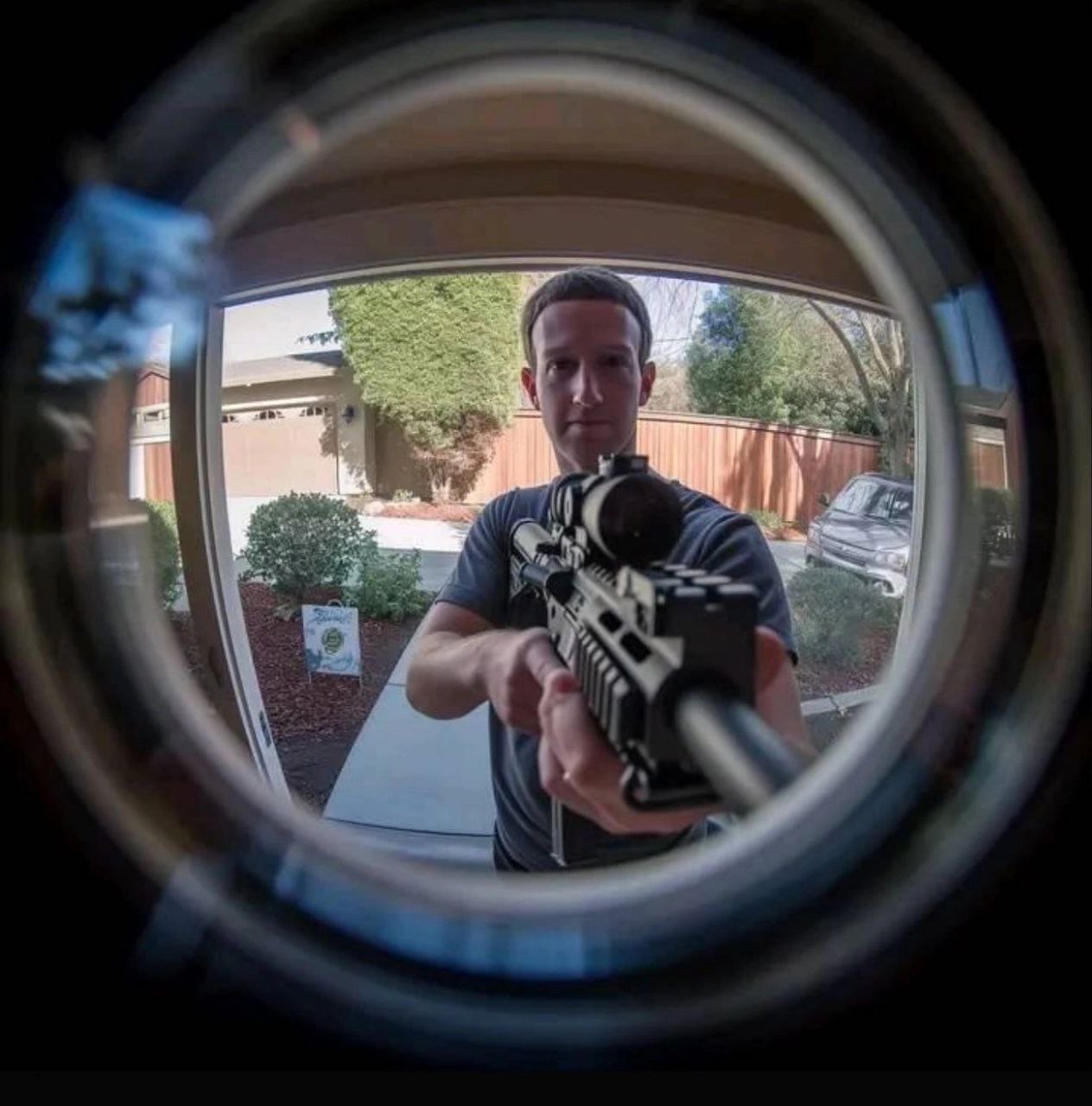
Introduction
Vision is one of the most precious—and vulnerable—human senses. With screen time rising sharply and environmental conditions deteriorating, preserving and restoring visual function has become increasingly critical. This white paper synthesises current scientific findings and practical recommendations for both corporate and individual stakeholders.
⸻
Relevance and Key Challenges
1. Digital Eye Strain
• The average office worker spends over eight hours a day in front of screens, leading to Computer Vision Syndrome (CVS), characterised by dry eyes, burning sensations, and headaches.
2. Myopia in Youth
• The prevalence of nearsightedness among schoolchildren in developed countries has risen from 20 % to over 50 % in the past two decades.
3. Age-Related Changes
• By age 60, roughly 60 % of people experience presbyopia, cataracts, or age-related macular degeneration.
4. Environmental and Lifestyle Factors
• Air pollution and insufficient natural light worsen retinal stress, while sedentary habits and micronutrient deficiencies (vitamins A, C, E; zinc; omega-3) impair ocular health.
⸻
Modern Prevention and Correction Strategies
1. Ergonomics and Screen-Use Habits
• Apply the 20-20-20 rule: every 20 minutes, take a 20-second break focusing on an object at least 20 feet (≈6 m) away.
• Adjust screen brightness and contrast; use anti-glare filters.
2. Orthokeratology and Myopia Control
• Overnight rigid contact lenses (ortho-k) to temporarily reduce myopia.
• Low-dose atropine eye drops to slow myopia progression in children.
3. Dietary Supplements
• Formulations containing lutein, zeaxanthin, omega-3 fatty acids, and antioxidants to protect the macula and support microcirculation.
4. Technological Solutions
• Eye-exercise apps and accommodation trainers for mobile devices.
• Displays with automatic colour-temperature adjustment based on time of day.
⸻
Emerging Technologies and Research
• Artificial Intelligence in Ophthalmology
– Deep-learning systems for early detection of diabetic retinopathy and glaucoma from retinal images.
• Augmented and Virtual Reality (AR/VR)
– Therapeutic platforms for binocular vision training and enhancing neural plasticity.
• Nanotechnology and Bioengineering
– “Smart” contact lenses with intraocular pressure sensors and controlled-release drug delivery.
⸻
Implementation Recommendations
1. For Organisations and HR Departments
• Introduce educational programmes on visual hygiene.
• Provide adjustable workstations and blue-light-filtering eyewear.
2. For Eye Care Professionals
• Adopt myopia-control protocols in paediatric practice (0.01 % atropine, ortho-k).
• Integrate AI-based screening tools for remote patient monitoring.
3. For Individuals
• Follow the 20-20-20 rule and aim for at least two hours of outdoor activity daily.
• Seek professional assessment at the first sign of discomfort—dryness, gritty feeling, or double vision.
⸻
Conclusion
In an era of pervasive digital exposure and an ageing population, eye health is a critical resource. Cutting-edge research and technological advances offer new avenues for prevention and correction, but the cornerstone of success remains a holistic approach: combining visual hygiene, medical innovation, and a conscious lifestyle.